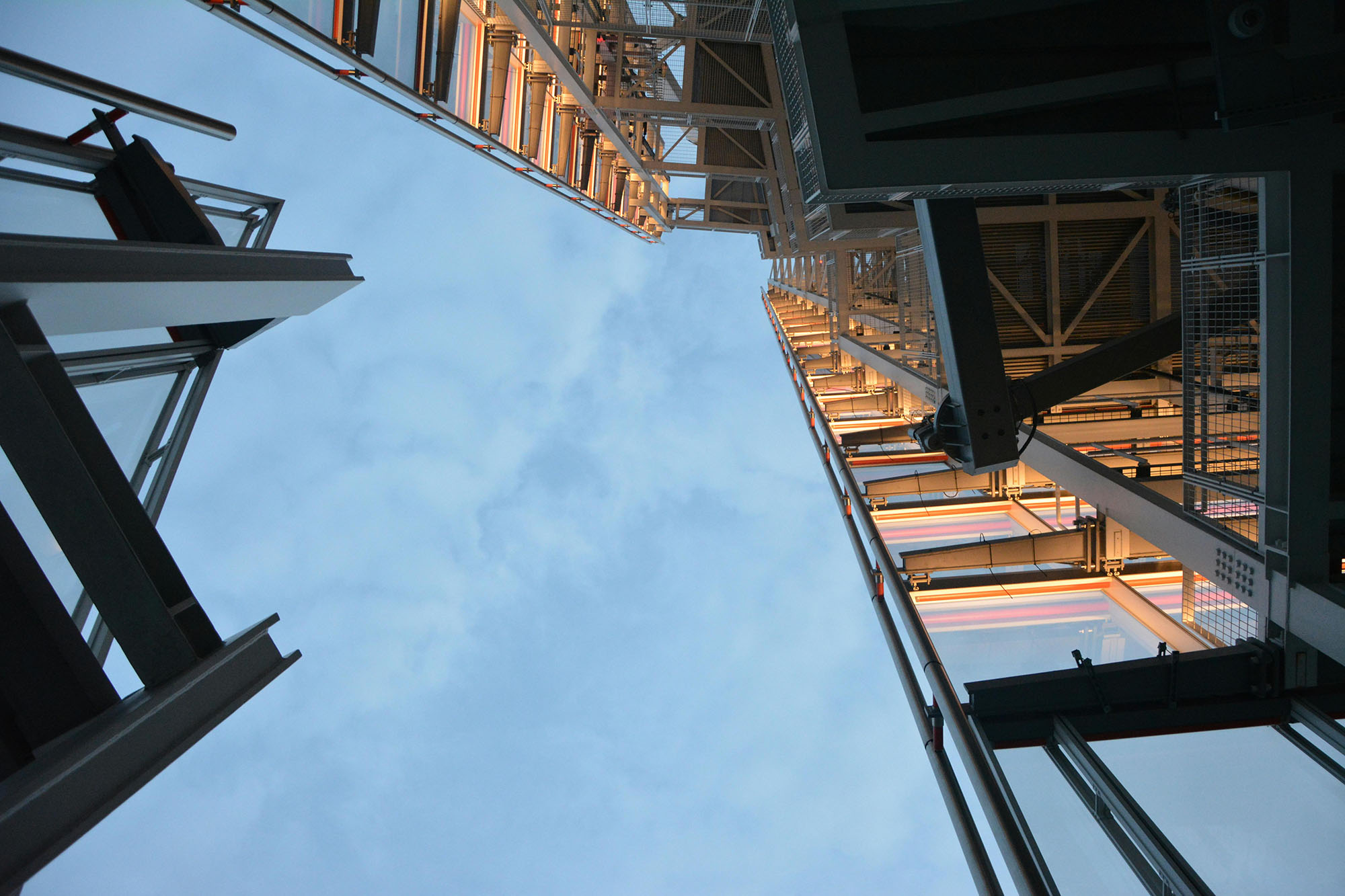

How Embodied Carbon Reduction is Being Incentivized in Massachusetts
As the urgency to understand and resolve climate change intensifies, new embodied carbon incentives are coming for building developers in Massachusetts.
Read
Since starting our blog in 2013, we have authored hundreds of articles to promote knowledge-sharing within the industry. Within these posts, you will find topical overviews, technical deep-dives, op-ed pieces, and more.
Filter Blog Posts